In the context of globalization, the media, as an important channel for information transmission, plays a key role in shaping the country’s image and promoting the country’s soft power. As a rising international power, China’s representation in the global media has a direct impact on the shaping of the country’s image. The purpose of this article is to analyze China’s representation in the global media and explore how to enhance China’s national image through effective communication strategies. With the deepening of globalization, the influence of media on a global scale has become increasingly prominent. As a fast-rising economic power, China’s representation in the global media continues to grow. This article provides a comprehensive analysis of China’s performance in the global media, and explores the shaping of China’s national image and its impact on international political, economic, and cultural exchanges.
Introduction
The media plays an important role in today’s world, not only as a tool for information transmission, but also as an important platform for national values, culture and policies. In the global information network, China’s voice, image and influence are rapidly increasing, but at the same time, it also faces some misunderstandings and prejudices. An in-depth study of China’s representation in the global media is essential to understanding the formation and dissemination of China’s national image. With the advancement of globalization, the influence of the media on a global scale has become more and more prominent. As a fast-rising economic power, China’s representation in the global media continues to grow. The purpose of this article is to provide a comprehensive analysis of China’s performance in the global media, and to explore the shaping of China’s national image and the impact of this image on international political, economic, and cultural exchanges. By optimizing communication strategies and diversifying communication channels, China can further enhance its national image and promote the international community’s comprehensive, objective and accurate perception of China.
Ⅰ. The current situation of China’s representation in the global media
With China’s growing international influence, China’s state media such as CCTV International, Xinhua News Agency, and People’s Daily Overseas Edition have gradually expanded their influence on the international stage, spreading China’s voice through multiple languages. At the same time, emerging Chinese media outlets, such as CGTN (China Global Television Network), provide multi-channel international reporting services.
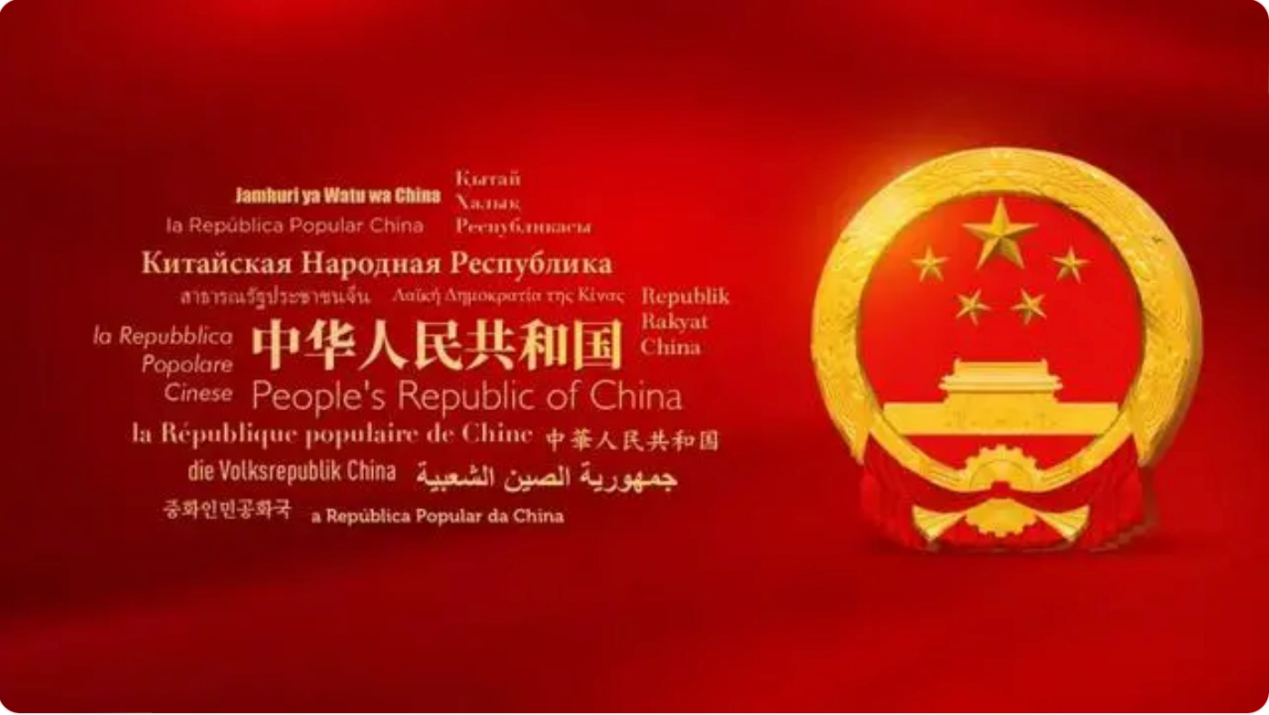
(During the two sessions, the national image network propaganda film “PRC” was launched in 15 foreign languages)
China’s image in the global media is complex and varied, with reports showcasing China’s progress and achievements, while others may focus on social issues, environmental protection, or human rights controversies. Among them, Western media often create a differentiated image of China due to differences in history, culture and values.
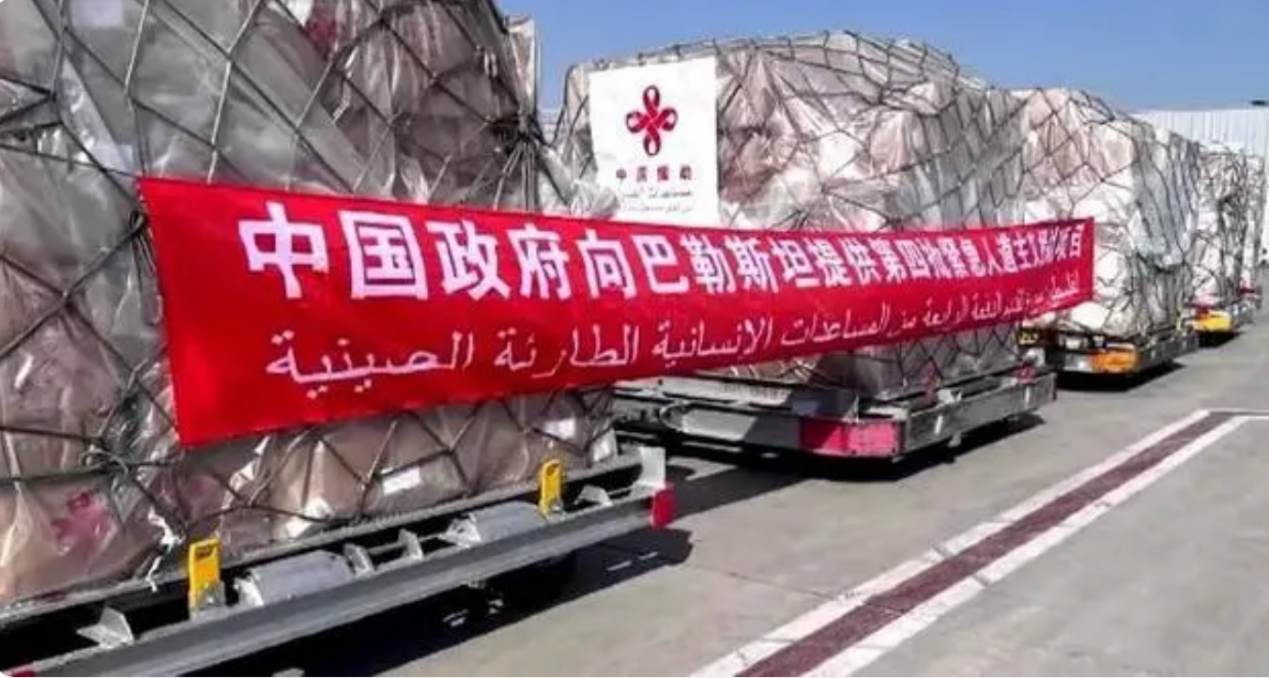
(China’s new aid to Palestine)
Ⅱ. China’s representation in the global media
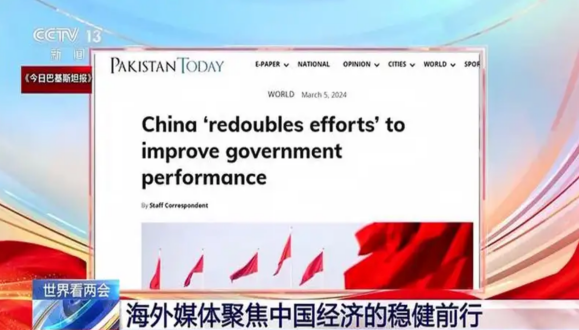
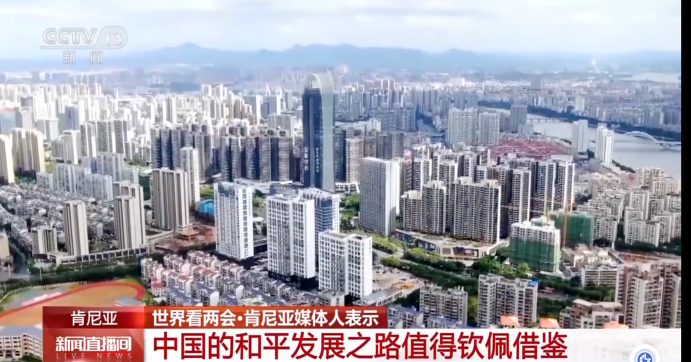
(The world looks at the news reports of the two sessions)
Ⅲ. Characteristics and trends of China’s national image
A positive national image can enhance China’s international status and discourse power, and promote international cooperation and exchanges. Conversely, a negative image may lead to misunderstanding and prejudice, affecting the harmonious development of international relations.
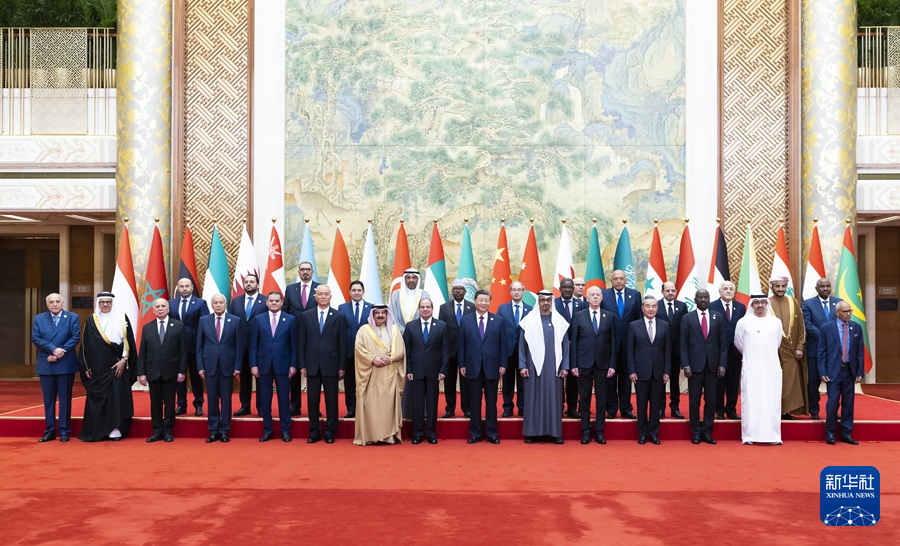
(State leaders attended the opening ceremony of the 10th Ministerial Conference of the China-Arab States Cooperation Forum)
1. Influence in the political sphere
As China continues to improve its national image, its influence in the political sphere has increased significantly. China actively participates in decision-making on international organizations and multilateral affairs, and promotes the development of a more just and equitable international order. As an advocate of building a community with a shared future for mankind, China adheres to multilateralism and is committed to promoting international cooperation to jointly address global challenges. China’s policies mostly focus on peaceful development and win-win cooperation, emphasizing comprehensive solutions to international problems and the principle of common development for all countries. A positive image of the country can help promote international recognition of China’s values and foreign policy, thereby strengthening China’s soft power in the international arena.
2. The impact of the economic sphere
The rapid development of China’s economy and its extensive participation in international trade and investment have greatly enhanced its international economic influence. China adheres to the basic national policy of opening up to the outside world, continuously expands market access, optimizes the business environment, and strives to build an open world economy. By promoting the Belt and Road Initiative, China has not only strengthened economic cooperation with countries along the Belt and Road, but also made important contributions to the prosperity of the world economy. In the process of economic globalization, China has actively participated in global economic governance, promoted economic cooperation, and initiated and led the formulation of a series of important international economic and trade rules. These measures have not only promoted China’s own development, but also played an important supporting role in the stability and development of the world economy.
3. Influence in the field of culture
The wide spread of Chinese culture is closely related to the image of the Chinese nation. China has a long history and culture and a rich cultural heritage, such as traditional arts, literature, philosophy and traditional Chinese medicine, which have deep roots and unique charm. Through international cultural exchange and cooperation projects, international media programs and activities to disseminate Chinese culture, the unique charm and profound heritage of Chinese culture are revealed. These efforts have enabled the soft power of Chinese culture to be promoted on a global scale, enhanced the world’s understanding of Chinese history, culture, philosophy, art and other aspects, and promoted dialogue and understanding among different cultures.
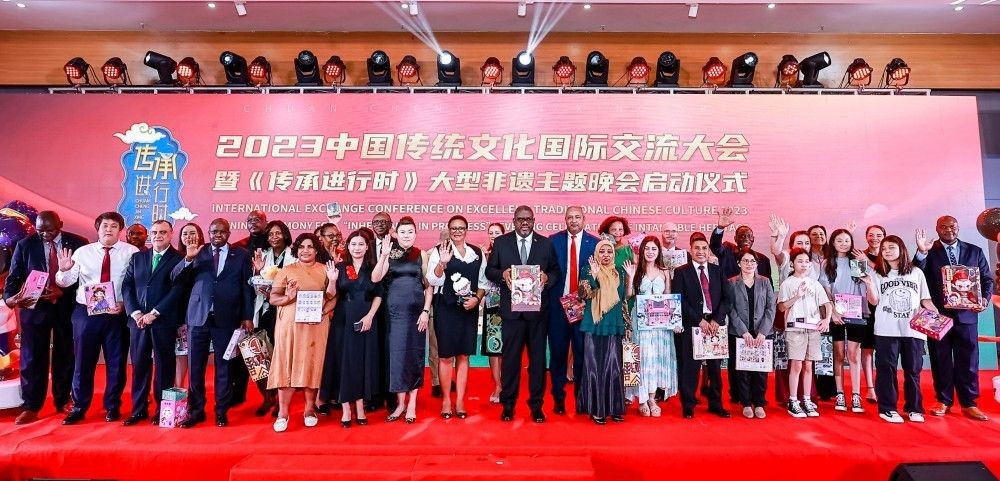
Photos of the launching event of the International Exchange Conference on Chinese Traditional Culture and the Intangible Cultural Heritage Gala of “Inheritance in Progress”.)
Ⅳ. Construction and communication strategies of national image
The construction of a country’s image is a systematic project, which involves many factors, including economic strength, political system, cultural inheritance, foreign policy, social conditions, etc.
1. Position a clear national image
China should clearly define and convey a positive, comprehensive and authentic image of a developing country in the international community, including China’s long history and culture, rapid economic growth, stable social order, open international exchanges, and contributions to global governance.
2. Multi-channel and diversified communication methods
Through the use of diversified communication channels, such as the combination of traditional media and new media, the coordination of official media and non-governmental media, and the help of international communication cooperation projects, China’s image is not only disseminated from the “inside” and “outside”, but also recognized and understood from the “outside” and “inside”.
3. Strengthen cultural soft power
China’s rich cultural heritage and modern cultural achievements are valuable resources for the construction of the country’s image, and through cultural exchange activities, such as film, art, literature, etc., the world can learn more about the diversity and inclusiveness of Chinese culture
List of references:
1. Chen Qihua. (2018). Research on the Global Communication Strategy of China’s National Image. International Public Relations, (4), 5-10.
2. Li Xiaohong. (2019). Media and national image: A case study of British media coverage. Modern Communication (First Half of the Month), 3(16), 121-123.
3. Wang Zhihong. (2020). A Study on Media Strategies for the Construction of China’s National Image. Media, (12), 30-34.
4. Zhang Hua. (2021). The Role and Role of Chinese Media in the Context of Globalization. China Media Report, (4), 50-57.
Yuanyuan Zhou,
549 group